There are about 80 seas on our planet, and each of them is unique in its own way. Some are part of the World Ocean, some attract tourists with picturesque views or a variety of their flora and fauna. But all seas have one thing in common - they are salty. The alkali content in each of them is different, and today we will talk about what they are - the saltiest seas in the world.
10
In the last position in the ranking of the saltiest seas in the world is the White Sea with an area of only 90 thousand square meters. It is located in the north of the European part Russian Federation and belongs to the Arctic Ocean. The sea is cold, you don't really swim in it, because in summer the water warms up to no more than 15 degrees Celsius, while in winter its temperature is -1 degrees. The White Sea is fed by the waters of such large rivers, like the Northern Dvina, Onega, Kem, Ponoy, as well as many small reservoirs, and the depth of its bottom ranges from 50-340 meters.
9 Chukchi Sea
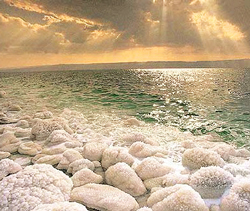
It is located between Alaska and Chukotka and is characterized by a high salt concentration - at the level of 33%. The cold waters of this reservoir, even in the warm season, do not warm up to more than + 12 degrees. Despite low temperature water (-1.8 degrees in winter), the fauna of the Chukchi Sea is striking in its diversity. In addition to many species of fish, walruses and seals live here, polar bears live on ice floes, and lively bird colonies are observed in summer. The depth drops range from 50 to 1256 meters.
8

The area of the reservoir, stretching between the islands of Severnaya Zemlya and Novosibirsk, is 662 thousand square kilometers. The water temperature here is one of the lowest on the planet - it never rises above 0 degrees. The waters are covered with ice for most of the year, and several species of fish are found at the bottom.
There are a couple of dozen islands on the sea, where, even in our time, the remains of mammoths are found.
7

The salty sea on the edge of the Arctic Ocean, it washes the shores of two countries at once - Russia and Norway. The area of the reservoir is 1424 thousand square kilometers, maximum depth- 600 meters.
The sea plays a key role in fishing and transport links, there are two large ports on it - the Russian Murmansk and the Norwegian Vardø.
Storms are frequent here, and the underwater world is rich in different types of fish and plankton. Mammals are also found here - seals, seals, polar bears, beluga whales.
6
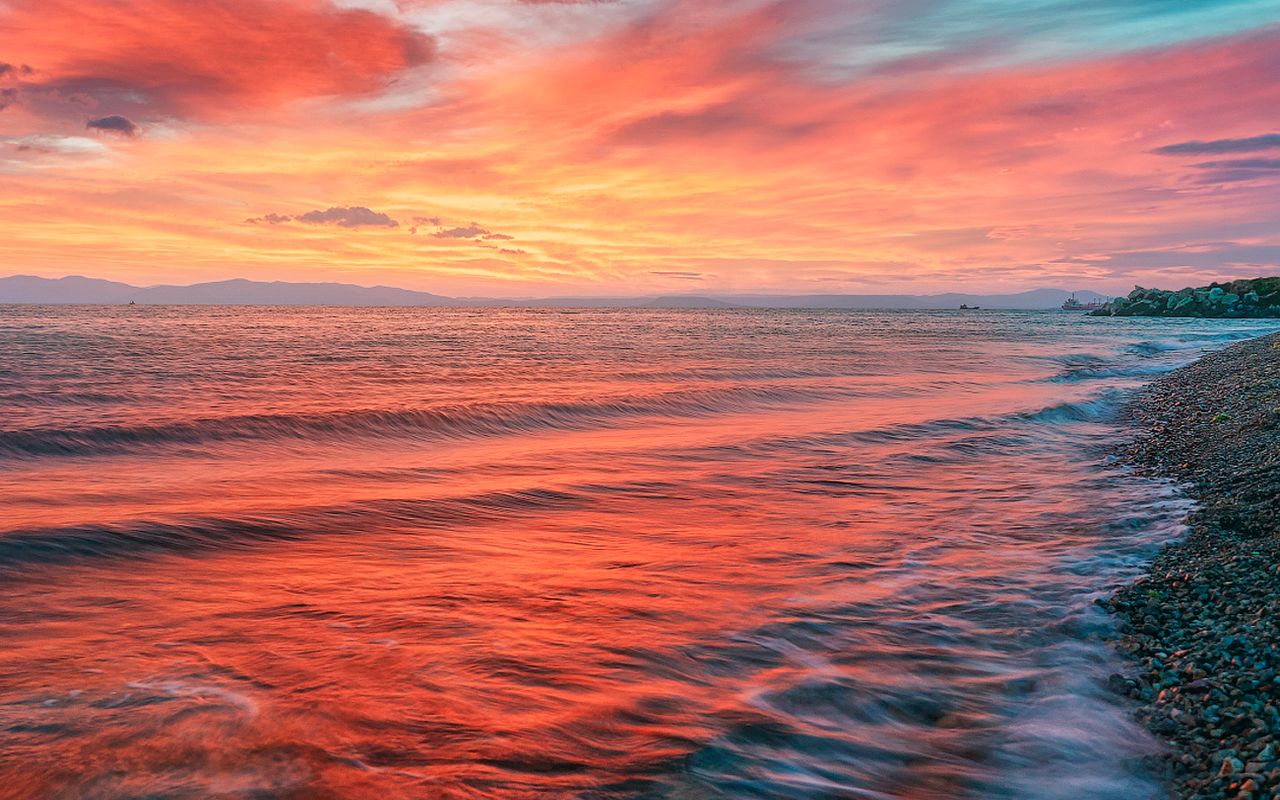
Square Sea of Japan- 1062 thousand square kilometers, and the maximum depth - 3741 meters. The highest recorded salt content is 35 percent. The Sea of Japan is one of the most salty seas on the planet and the saltiest in Russia. The northern part of the reservoir freezes during the cold season, the climate here is temperate, in summer the air above the sea warms up to 25 degrees Celsius. Animal world rich and varied. Many species of fish and mammals are found here, crabs, scallops, and algae are fished.
The saltiest lake in Russia is Baskunchak. The salt content in it reaches 37%
5
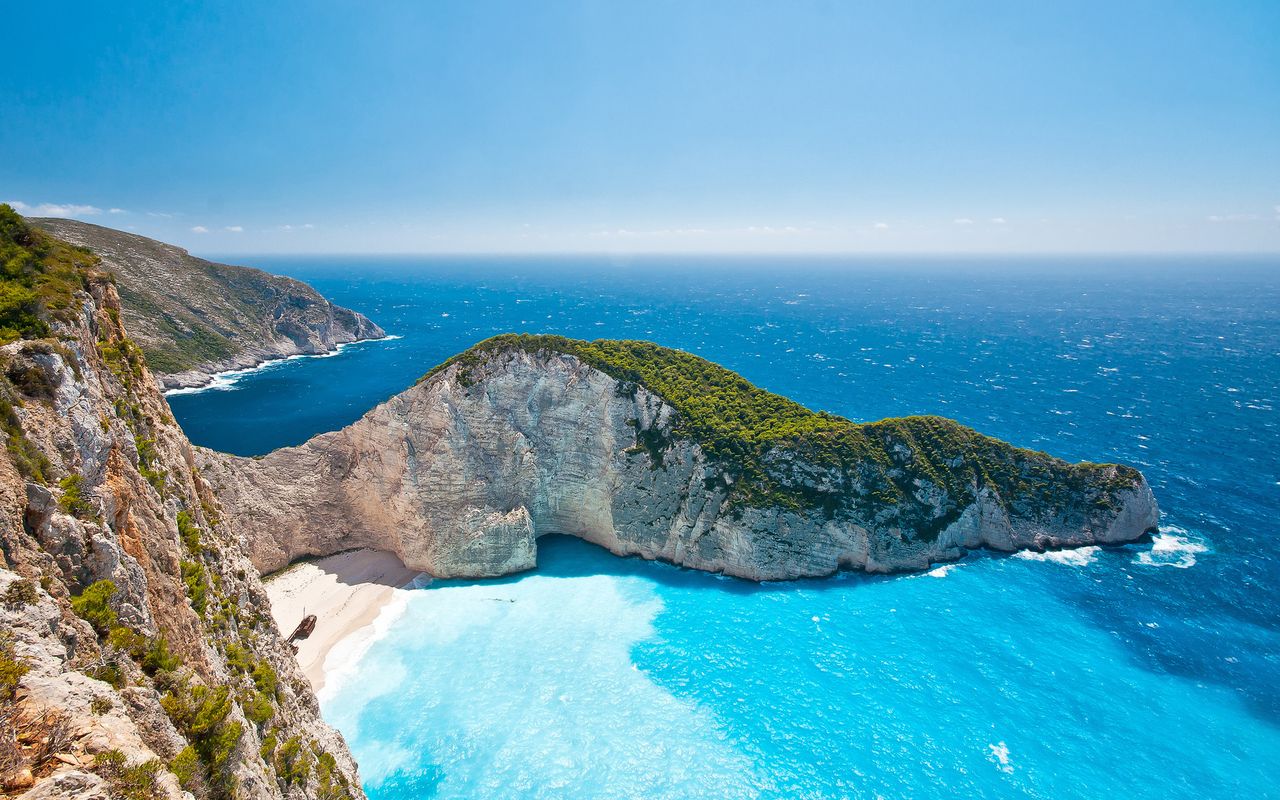
Thanks to the high salt content of the Ionian Sea, it is easy to learn to swim - the water literally keeps the swimmer on the surface. The area of the reservoir is 169 thousand square kilometers, and the greatest depth is 5121 meters. The bottom near the coast is covered with sand or shell rock, the climate here is very favorable, which contributes to the development of tourism. Water Ionian Sea warm up to 25.5 degrees in summer, the minimum water temperature in winter is 14 degrees Celsius.
4
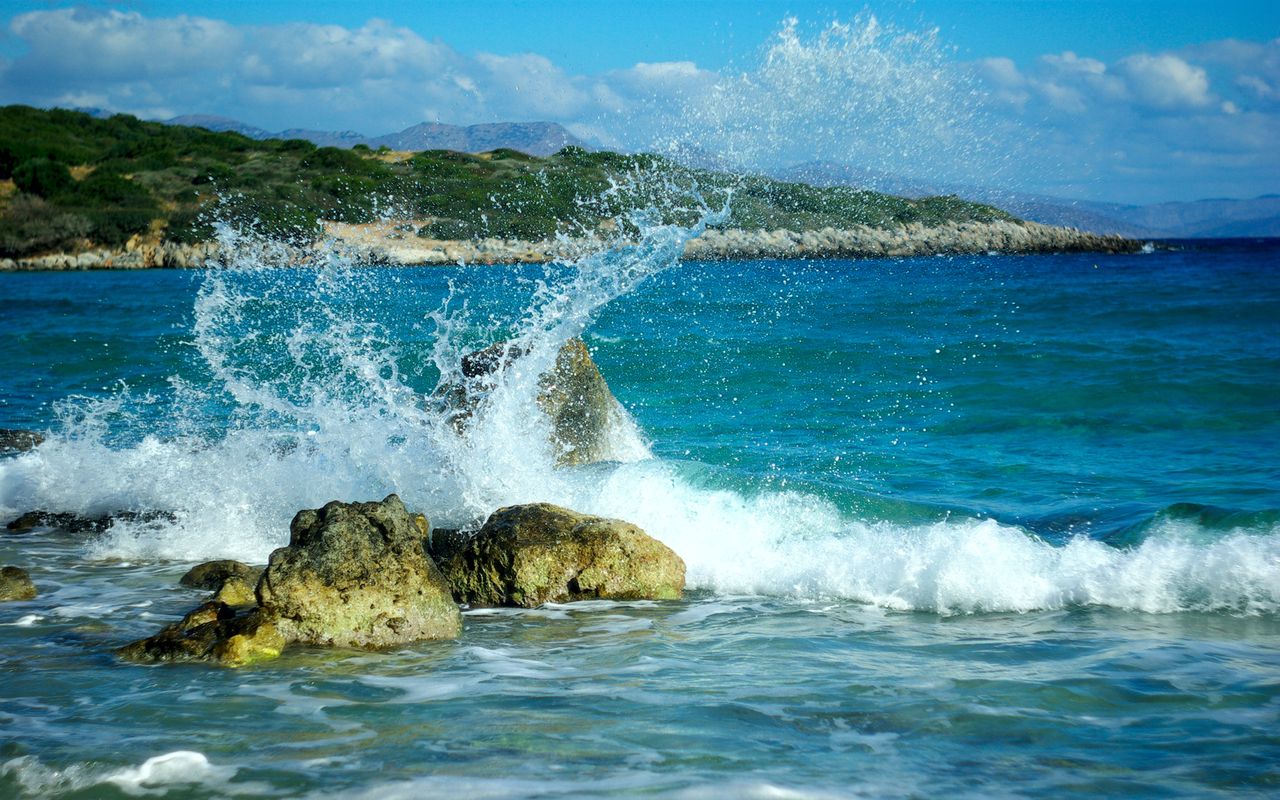
There are so many salts in the waters of the Aegean Sea that doctors advise, after swimming here, to wash under running fresh water in order to avoid skin irritation. The water temperature ranges from 14 (in winter) to 24 degrees (in summer). This is one of the most ancient bodies of water on the planet, the age of the Aegean Sea is more than 20 thousand years. Recently, the ecological situation here leaves much to be desired, the underwater world is becoming impoverished due to the death of plankton, which is necessary for the nutrition of fish, although earlier in these places fish and octopuses were caught on an industrial scale.
3
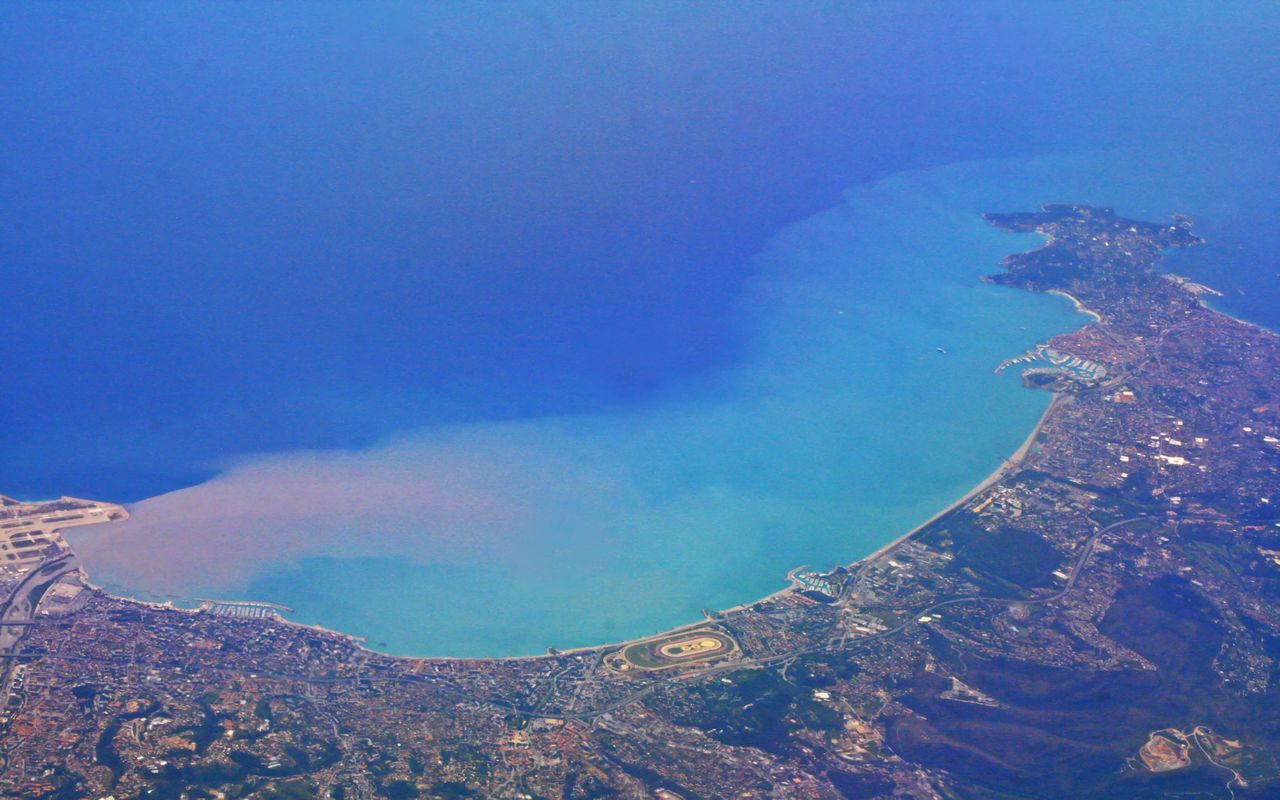
This sea stretches between Europe and Africa, besides the fact that it is one of the saltiest bodies of water on the planet, it is rightfully considered the warmest. In summer, the waters warm up to 25 degrees, and in winter the temperature in the depths of the sea does not drop below 12 degrees. The flora and fauna is more than diverse here, some species of fish that live in the Mediterranean are listed in the Red Book. Its area is 2500 thousand square kilometers, and the maximum depth is 5121 meters.
2

Despite the high alkali content, sharks, dolphins and stingrays live in the waters of the Red Sea. A unique feature of the sea is that the average water temperature changes little throughout the year, its maximum indicator is 25 degrees.
The area of the reservoir is 450 thousand square kilometers, most of it is located in tropical belt with appropriate climatic conditions.
1
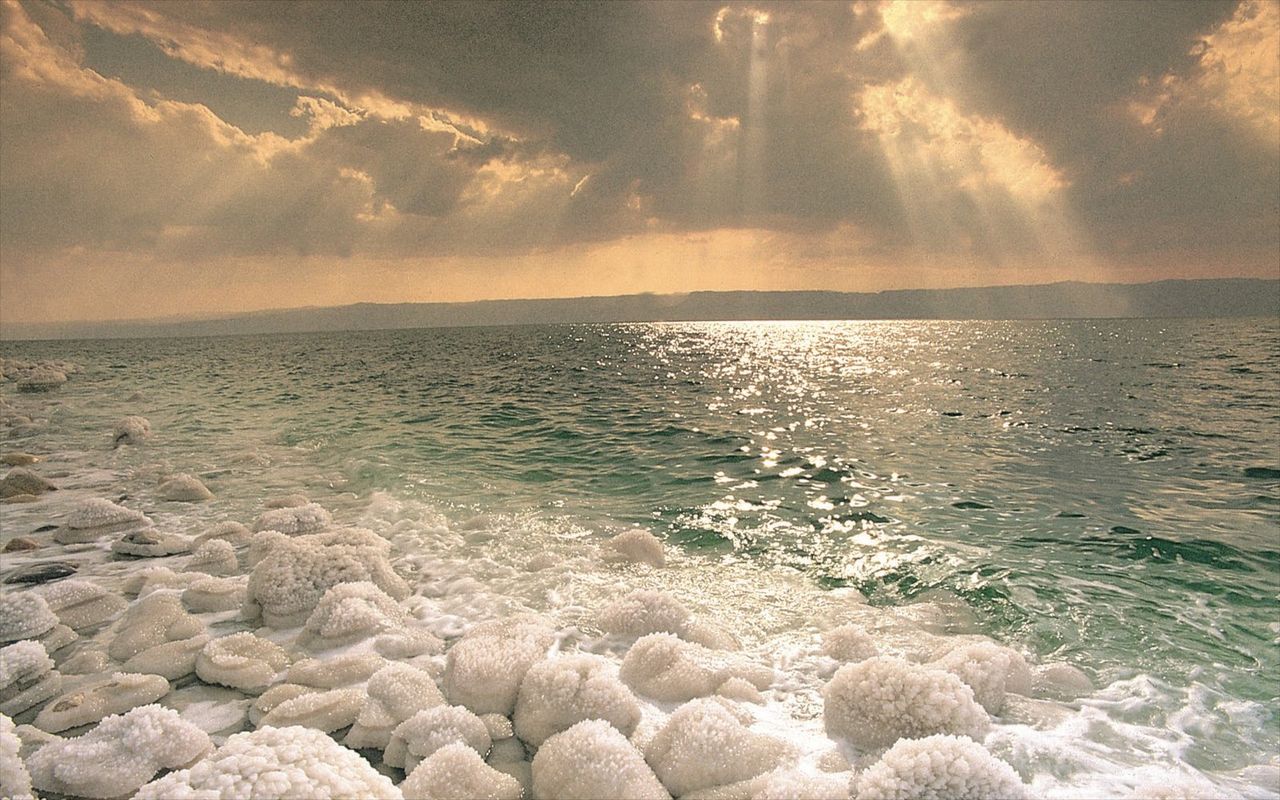
Its second name is the Asphalt Sea. Located in Israel. The water level here is 428 meters below sea level, and it is constantly decreasing, on average by one meter per year. The maximum depth is 306 meters. Water Dead sea are rich in useful microelements, in particular, bromine and potassium salts, but such a composition has led to the almost complete absence of any inhabitants here.
It is worth noting that officially the Dead Sea (Sodom Sea) is considered to be closed salt lake, the saltiest in the world.
Dead Sea - the sea with the highest salt content in the world
There are about 80 seas on the planet. Some of them are so salty that it is almost impossible to drown in their water. Below are the top 10 such seas.
Our rating opens with the White Sea washing the borders of the Russian Federation. Salinity in this sea sometimes reaches about 30 ‰ (ppm), that is, there are 30 grams of salt per liter of water. Although the sea is salty, it is home to about 50 species of fish.
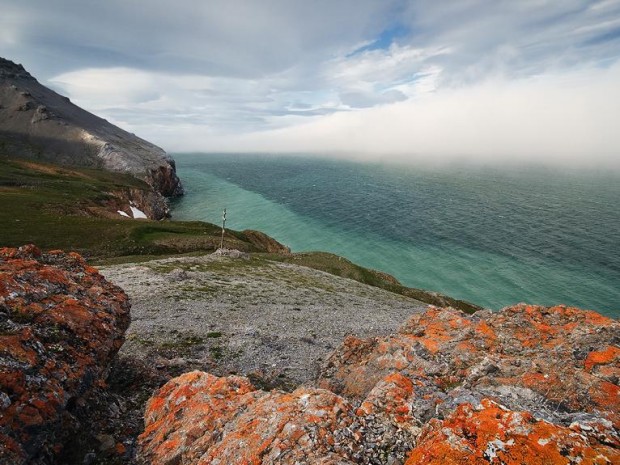
Chukchi Sea (33 ‰)
Another "our" sea. The salinity of the Chukchi Sea is 33 ‰, this is what allows it, as well as the White and other seas, not to freeze in severe frosts (up to -1.8 degrees). The sea stretches between Chukotka and Alaska. Here you can meet many species of fish, as well as walruses and seals.
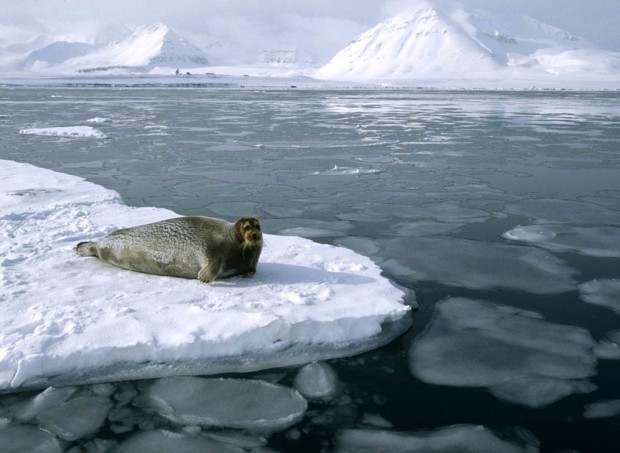
Laptev Sea (34 ‰)
Another sea washing our borders. The salinity of the Laptev Sea is slightly higher than that of the Chukchi Sea - 34 ‰. The reservoir stretches between Severnaya Zemlya and the New Siberian Islands. All year round, the sea water rarely warms up above zero. Here you can find such fish species as sturgeon and perch, and among animals - walruses.
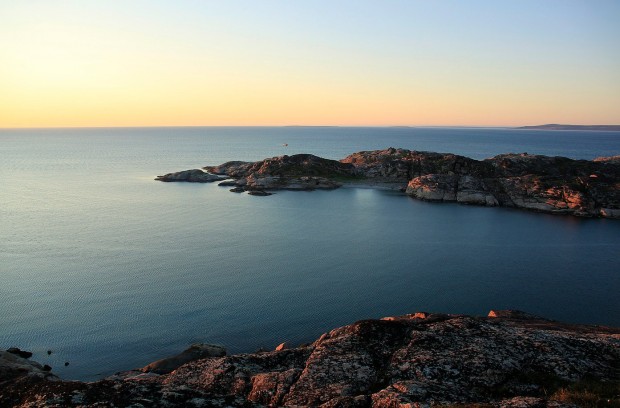
Barents Sea (35‰)
The next sea is again slightly saltier than the previous one - 35 ‰. Officially, this sea is recognized as the saltiest in Russia. In winter, the southwestern part of the reservoir freezes, the rest does not. Underwater world Barents Sea incredibly rich - here you can meet not only whales and killer whales, but also a great many different types fish: from herring to perch.
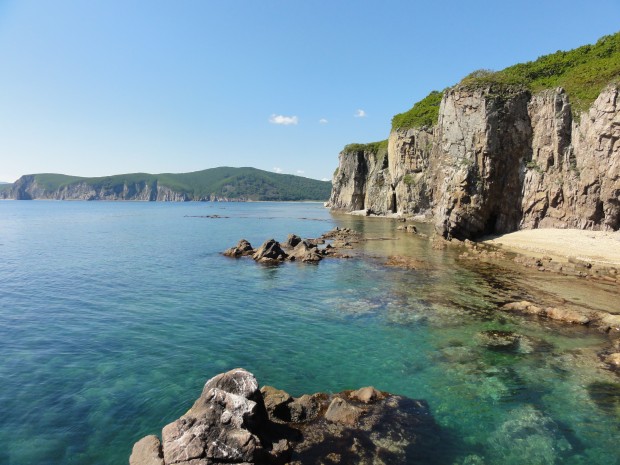
Sea of Japan (35‰)
This sea is not inferior in salinity to the Barents Sea. The Sea of Japan is partly washed by Sakhalin Island, as well as the islands of Japan and the coast of Eurasia. In the southern part, the sea warms up to 26 degrees Celsius, in connection with which it can even be called "resort". An incredible amount of living creatures live in the Sea of Japan: seafood and fish are simply not counted here.
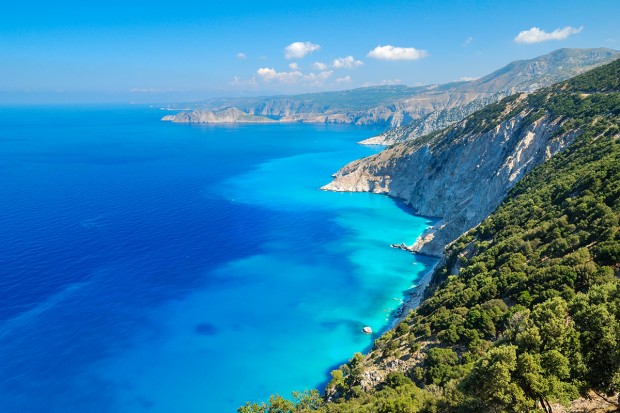
Ionian Sea (38‰)
One of the most picturesque and clean seas the world is also very salty. This sea is the densest and saltiest in Greece. Besides the picturesque underwater world The Ionian Sea boasts temperatures: summer time the water warms up to 26-28 degrees. The sea is very popular with tourists.
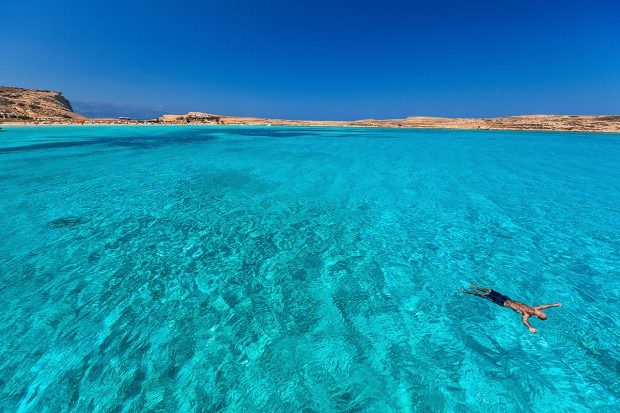
Aegean Sea (38.5 ‰)
Almost the same characteristics will apply to the Aegean Sea. Doctors advise to bathe in fresh water after swimming in this sea, because such a high concentration of sodium can negatively affect the skin. Greece and the Balkans bathe in this sea. A myriad of living things live in it, including octopuses, sponges and fish.

Mediterranean Sea (39.5 ‰)
The Mediterranean Sea stretching between Europe and Africa is very salty in places - 39.5 ‰. Off the coast, where tourists rest, such salinity is not observed, it is concentrated in other parts of the reservoir. The Mediterranean Sea is one of the most diverse in its fauna - 500 species of fish, hundreds of shellfish and a lot of seafood. And this is not the limit.
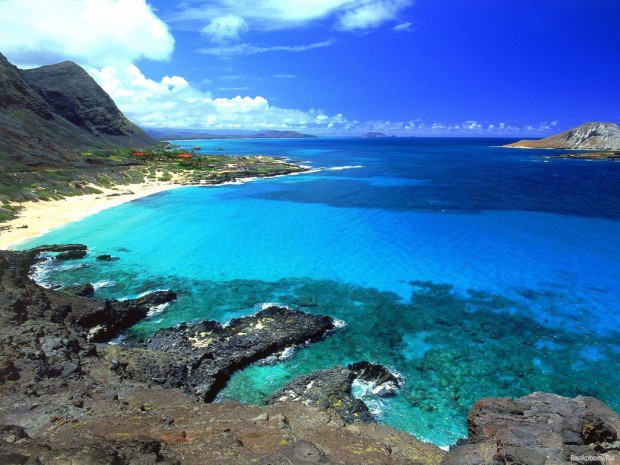
Red Sea (42‰)
Another border sea, but between Africa and Asia. The Red Sea is one of the saltiest in the world, but this does not interfere with its inhabitants - amazing corals, various fish, dolphins, molluscs and crustaceans. The water in the sea mixes all year round - in winter the upper layers cool down and sink to the bottom, and the warm ones rise up. By the way, the sea is incredibly clear.
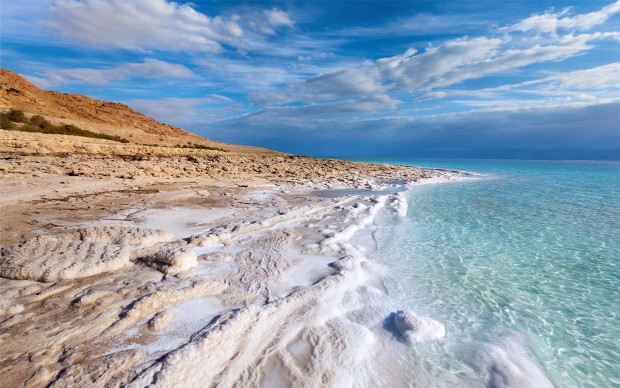
Dead Sea (270‰)
The absolute champion of our rating. Located on the border between Israel and Jordan, the Dead Sea is striking for its salinity - about 200 grams of salt per 1 liter of water (270 ‰). This sea in its own way chemical composition It is fundamentally different from everyone else on Earth: it consists of 50% magnesium chloride, and it also contains a lot of calcium, bromine, potassium and other mineral elements.
Kallium salts from the water of the Dead Sea crystallize artificially, and the density of the reservoir is so great that it is simply impossible to drown in it. Among other things, there is healing mud in the sea. Sometimes the sea water heats up to 40 degrees, which speeds up evaporation. And most importantly, there is no underwater world in the Dead Sea, with such salinity it will not work to live in it. Therefore, it is also Dead.
Rating of seas by salinity
There are about 80 seas on our planet. Of course, the Dead Sea would have ranked # 1, as its waters are famous for their salinity. The Dead Sea is one of the saltiest bodies of water on Earth, salinity is 300-310 ‰, in some years up to 350 ‰. But scientists call this reservoir a lake.
- Red Sea with a salinity of 42 ‰.
The Red Sea is located between the shores of Africa and Asia. In addition to salinity and warmth, the Red Sea can boast of its transparency. Many tourists love to relax on its shore.
2. The Mediterranean Sea has a salinity of 39.5 ‰.
The Mediterranean Sea washes the shores of Europe and Africa. In addition to salinity, it can also boast of its warm waters - in summer they warm up to 25 degrees above zero.
3. Aegean Sea with 38.5 ‰ salinity.
The waters of this sea with a high concentration of sodium can irritate the skin. Therefore, after bathing, it is better to take a fresh shower. In summer, the water warms up to 24 degrees Celsius. Its waters wash the shores of the Balkan Peninsula, Asia Minor and the island of Crete.
4 . The Ionian Sea with a salinity of 38 ‰.
It is the densest and saltiest Greek sea. Its waters allow poorly swimming people to hone this skill, since high density will help keep the body afloat. The area of the Ionian Sea is 169 thousand square kilometers. Washes the shores Southern Italy, Albania and Greece.
5 . Sea of Japan, salinity of which is 35 ‰
The sea is located between the continent of Eurasia and Japanese islands... Also, its waters wash the island of Sakhalin. The water temperature depends on geographic location: in the north - 0 - + 12 degrees, in the south - 17-26 degrees. The area of the Sea of Japan is over 1 million square kilometers.
6. Barents Sea with salinity 34.7-35 ‰
This is the marginal sea of the Arctic Ocean. It washes the shores of Russia and Norway.
7. The Laptev Sea with a salinity of 34 ‰.
The area is 662 thousand square kilometers. It is located between the New Siberian Islands and Severnaya Zemlya. Average annual temperature water - 0 degrees Celsius.
8. Chukchi Sea with a salinity of 33 ‰.
In winter, the salinity of this sea rises to 33 ‰, while in summer, the salinity slightly decreases. The Chukchi Sea has an area of 589.6 thousand km². average temperature in summer - 12 degrees Celsius, and in winter - almost 2 degrees Celsius.
9. White Sea also has a high salinity. In the surface layers, the indicator stalled at 26 percent, but at depth it rises to 31 percent.
10. The Laptev Sea. At the surface, salinity is recorded at 28 percent
The sea has a harsh climate with temperatures below 0 ° C for more than nine months of the year, sparse flora and fauna, and a low coastal population. Most of the time, with the exception of August and September, it is under ice. Salinity sea water at the surface in the north-western part of the sea in winter it is 34 ‰ (ppm), in the southern part - up to 20-25 ‰, in summer it decreases to 30-32 ‰ and 5-10 ‰, respectively. Strong influence on salinity surface waters melting ice and runoff of Siberian rivers.
The Dead Sea is located in Western Asia, Israel and Jordan. It is located in a tectonic depression formed as a result of the so-called Afro-Asian fault, which occurred in a distant era, somewhere between the end of the Tertiary and the beginning of the Quaternary, i.e. over two million years ago. The length of the Dead Sea is 76 km, width —17 km, area —1050 sq. Km, depth — 350-400 m. The only river, the Jordan, flows into it. The sea has no outlet, i.e. it is drainless, therefore it is more correct to call it a lake.
At the southern end of the Dead Sea, as the legend says, there were the cities of Sodom and Gomorrah, burned down by a fiery rain after the curse of God (for the immorality of people and their lack of hard work).
In the Bible, the Dead Sea is referred to as the East Sea, Salt Sea, Arava Sea. By its uniqueness, it attracted the attention of Greek geographers, and was already mentioned in Aristotle's Meteorology (384-322 BC).

The surface of the Dead Sea is more than 400 m below the level of the World Ocean (this is the most low point on the the globe!). The Roman historian Josephus Flavius (born in 37 AD) in his book "On the Jewish War" mentions the Asphalt Lake, the air above which is stuffy, with the smell of sulfur and oil. Later, in the work of the Roman physician Galen (130-200), the modern name of the sea is given - Dead, and the most Full description its natural properties.
The Dead Sea water is distinguished by a number of features and, above all, by its high salinity. The salinity of water (total salt content) is expressed in prommils - grams of substances contained in 1 kg of seawater. The table shows data on the salinity of the seas and the Atlantic Ocean.
Salinity of water of the seas and the Atlantic Ocean
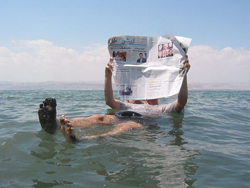
Comparison of the data in the table shows that the salinity of the Dead Sea is 8 times higher than the salinity of the Atlantic Ocean, 7 times - Mediterranean Sea and the Red Sea, 14.5 times - the Black and 40 times - the Baltic. And in 1819 the French chemist J.L. Gay-Lussac examined water samples from the Dead Sea and found a high concentration of salts in it. This robot served as a signal for further research and, in particular, to study salt composition waters of the Dead Sea.
The outflow of rivers has a great influence on the composition of seawater. When comparing the content of macroelements in the waters of the Jordan River and the Dead Sea, this influence is not visible. It should be noted the high content of sodium, potassium, magnesium, calcium and bromine ions in the water of the Dead Sea - the most important ions with a large biological significance, after all, human lymph and blood have the same composition of macronutrients.
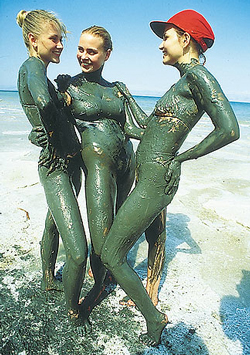
The potassium (K) content in the Dead Sea is almost 20 times higher than in Atlantic Ocean, magnesium (Mg) - 35 times more, calcium (Ca) - 42 times, bromine (Br) - 80 times. In terms of the composition of salts, the Dead Sea is sharply different from all other seas on the planet. Potassium salts are not precipitated anywhere on Earth during the evaporation of sea water. It is possible to artificially crystallize potassium salts from the water of the Dead Sea; in other places, even in artificial evaporation pools, it has not yet been possible to extract potassium salt from sea water. Since 1930, the Dead Sea has been producing bromine and potassium carbonate. The Dead Sea water contains trace elements such as copper, zinc, cobalt, etc.
The high pH value of 8.5 - 9 should also be attributed to the characteristics of the water of the Dead Sea. Therefore, if you stay in the sea for a long time, you can get burned on sensitive parts of the body. The water tastes bitter and oily. During the existence of the Dead Sea, a sedimentary layer of silt with a thickness of 100 m has formed on its bottom - this is the so-called Dead Sea mud. They contain 45% salt, 5% biomass and 50% water.
It has long been known about the healing properties of the water and mud of the Dead Sea, as well as sulfurous mineral springs located near the sea. The first resorts were built there by the Romans. Until the end of the XIX century. it was believed that there was no life in the Dead Sea. It was hard to imagine the opposite, given the high salinity of its water. However, relatively recently, as a result of many years of research, the hydrobiologist Eliezer Volkani, and after him other scientists, proved the erroneousness of this idea.
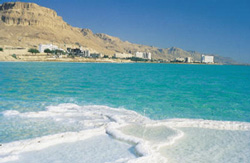
The carriers of life in the Dead Sea were, discovered by scientists, unicellular algae and protozoa - prokaryotes, the most ancient living cells. Hence their name - archaebacteria. They do not have a formalized cell nucleus and a typical chromosomal apparatus; hereditary information is realized in them and transmitted through DNA.
There is a hypothesis that they existed even when there was no oxygen on Earth. The genetic apparatus of archaebacteria stores information accumulated in the struggle for existence during the period of various cataclysms that occurred on Earth. They contain powerful life energy. In their metabolic cycle, they form organic substances from inorganic ones. Archaebacterium is the only one creature living in the water of the Dead Sea for many years. In these waters, it develops, showing exceptional resilience, despite the very high concentration of salts and minerals.
The structure of archaea is similar to the structure of the primary cell of the human body.
The company "Doctor Nonna", after long-term scientific research, has created a bioorganomineral complex, which includes derivatives of archaebacteria, and microelements and minerals so necessary for the body. Thanks to the use of Doctor Nona products, which include this complex, your body will again return to the environment that it has been missing all its life.
1st place.
Dead Sea... In fact, this body of water can be called a lake, because it does not communicate with any other seas or with the ocean. Nevertheless, everyone is used to calling it the sea. Well, so be it. The Dead Sea has an incredible salinity of 33.7%. That is, every 100 g of water contains 33.7 g of salt.
Thanks to such an incredible ratio, it is impossible to drown in this sea, because the body always strives to rise to the surface. The Jordan River and several small streams flow into it, but this inflow of water is clearly not enough to maintain the level of the reservoir. By the way, every year its level falls by 100 cm, which in the future is fraught with an ecological catastrophe.
2nd place. 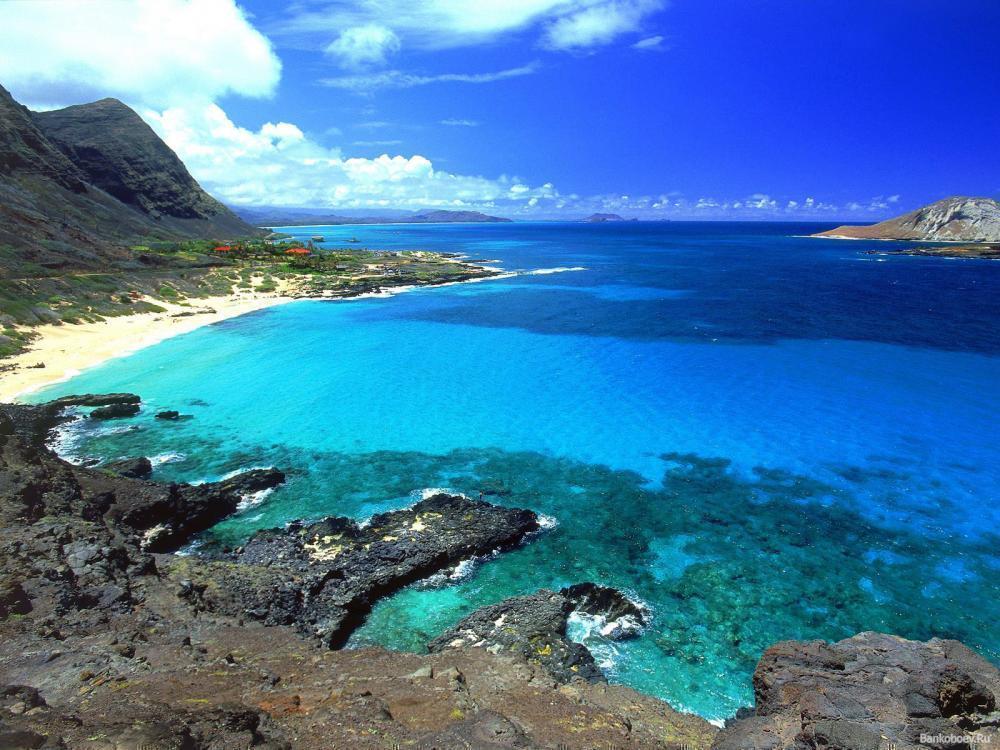
Red sea... The percentage of salt in water is about 8 times less than that of the leader - 4.3%. It is noteworthy that rivers do not flow into this reservoir, therefore, silt and sand do not enter the sea from the outside, which means that its water is clean and transparent. Why is the salinity increased? Because there is little rainfall in this area, and pure water comes only from the Gulf of Aden.
Plus, incredible evaporation. The Red Sea daily loses up to 1 cm of its level, and the amount of salt does not change significantly, on the contrary, its concentration increases slightly. Poor water exchange is the real cause of increased salinity.
3rd place.
Mediterranean Sea. 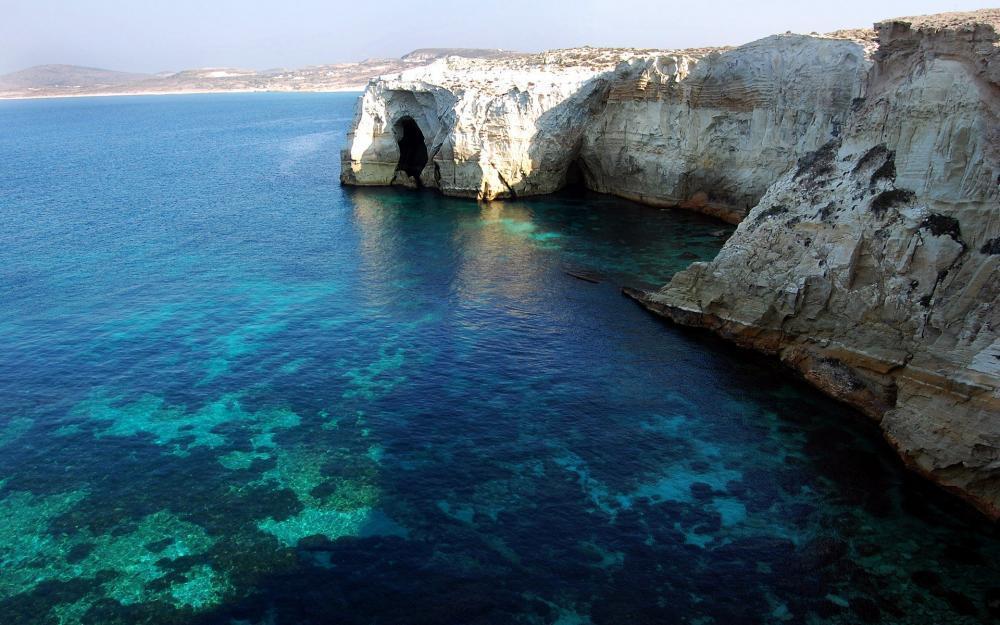 Washes the shores of Africa, Asia and Europe. Therefore, they called him that. It has a salinity of 3.9%. Several large rivers flow into the sea. The circulation of water occurs under the influence of the wind and due to the transfer of water by the Canary Current. The salinity of the reservoir regularly rises due to strong evaporation, and the density of the water varies significantly, depending on the season.
Washes the shores of Africa, Asia and Europe. Therefore, they called him that. It has a salinity of 3.9%. Several large rivers flow into the sea. The circulation of water occurs under the influence of the wind and due to the transfer of water by the Canary Current. The salinity of the reservoir regularly rises due to strong evaporation, and the density of the water varies significantly, depending on the season.
4th place. 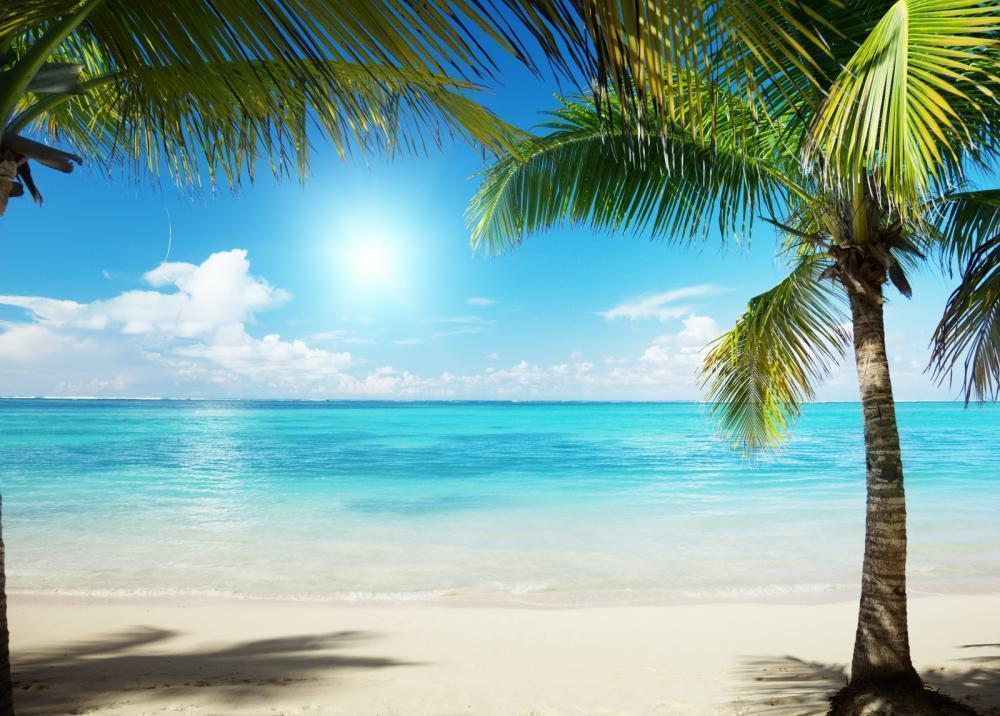
Caribbean Sea. Besides the fact that this is the most “pirate” sea, it also occupies the fourth line in the “salinity hit parade”. This figure is 3.5%. And in terms of its hydrological composition, this reservoir is quite homogeneous. That is, there are no sharp fluctuations in temperature indicators and in the degree of salinity of its individual sections.
Several large rivers flow into the Caribbean Sea. Tropical climate makes the pool of this sea attractive to tourists. It should only be taken into account that hurricanes very often rage in the northern part of the reservoir, delivering a lot of inconvenience to residents of coastal settlements.
5th place. ![]()
Barents Sea. Located on the outskirts of the Arctic Ocean. It has a salinity of 3.5%. In ancient times, it had many names, for each people called this reservoir in its own way. Only in 1853 the sea received its final name - Barents, in honor of the sailor from Holland V. Barents.
Naturally, in the middle of the sea its salinity is higher than in the outskirts. This is due to the fact that it is washed by slightly salted seas: the Norwegian, White and Kara seas. And in the north, the icy ocean considerably dilutes the concentration of seawater, because it itself does not shine with special salinity, which is explained by the regular melting of ice.
6th place.

North Sea. Its salinity has different values, on average, this value is 35%. The fact is that the North Sea in the east borders on the slightly saline Baltic, and the rivers Thames, Elbe, Rhine and others also influence this indicator. It washes the shores of many European countries, where the largest ports are located - London, Hamburg, Amsterdam, etc.
7th place. 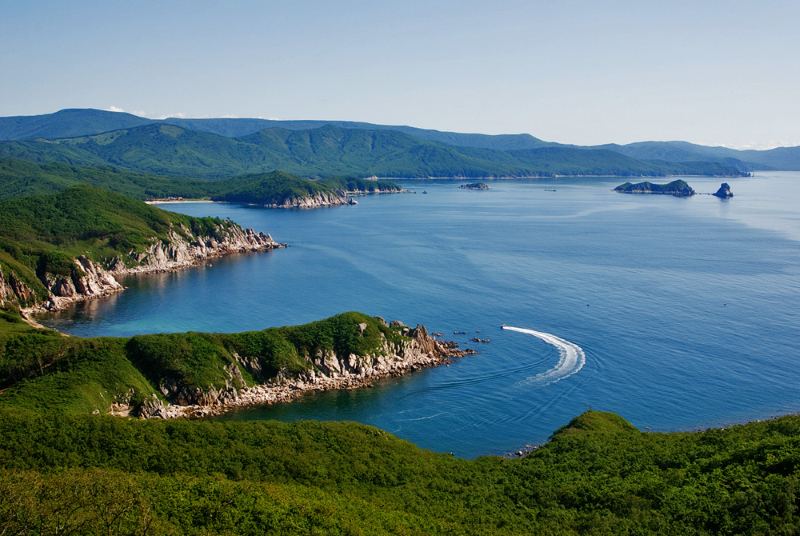
Japanese Sea. The salinity index is 3.4%. It is much colder in the northern and western parts of the reservoir than in the southeast. The Sea of Japan is not a tourist one. Rather, it is of industrial importance for some countries. Loves to scare sailors with typhoons, especially in autumn.
8th place. 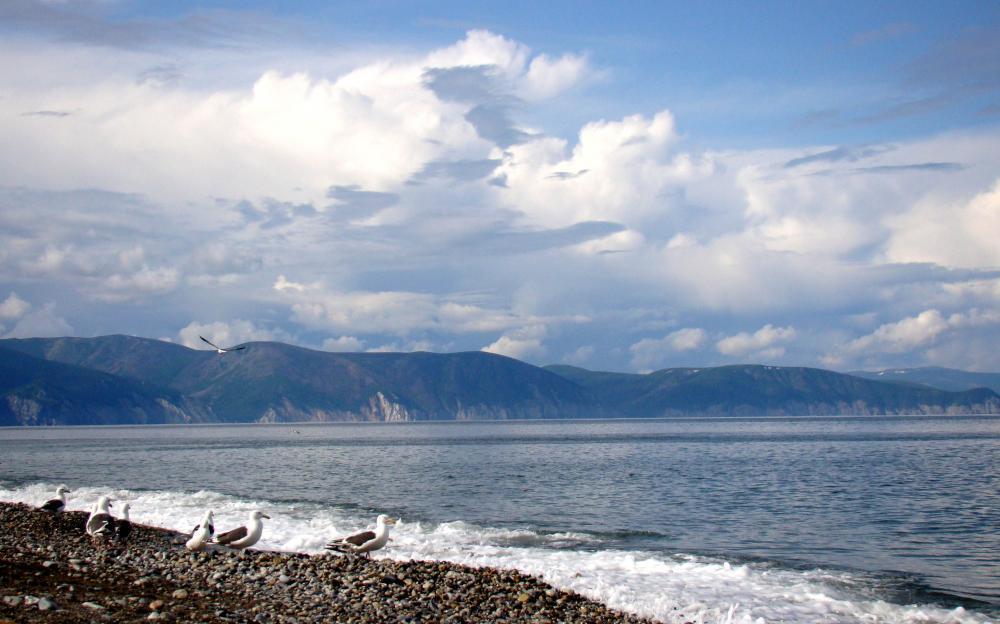
Sea of Okhotsk. It has a salinity of 3.2%. In winter, it freezes in the northern part, despite the increased salinity of the water, which, by the way, is much lower in the coastal zones.
9th place. 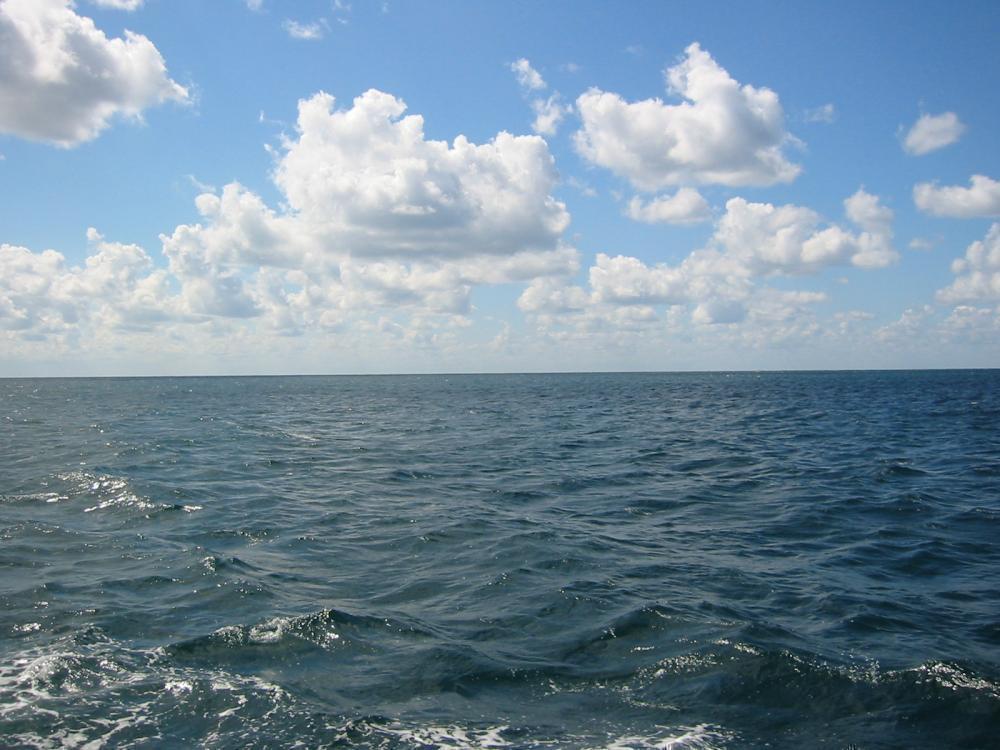
Black Sea. The salinity of this reservoir varies greatly. For example, in the lower layer this indicator is 2.3%, and in the upper layer, where there is an enhanced water circulation, salinity is 1.8%. It is noteworthy that at a depth of 150 m there is no longer any life. This is due to the increased content of hydrogen sulfide in the water.
10th place. 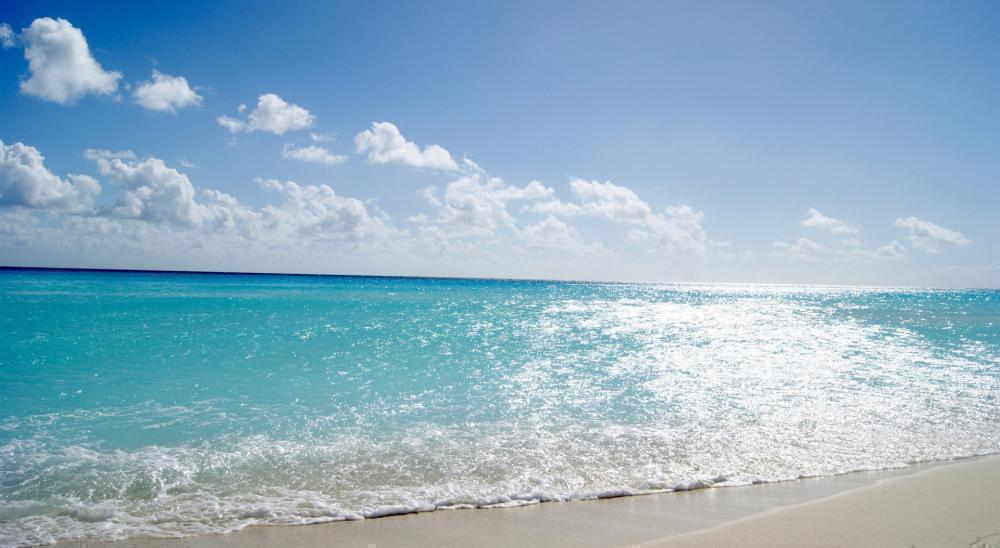
The Azov sea. The average salinity of the sea is 1.1%. In the 20th century, many rivers feeding this reservoir with water were blocked by dams, therefore, the flow of water and its circulation decreased significantly. It is noteworthy that this is the shallowest sea in the world, its maximum depth does not reach and up to 14 m is prone to freezing in its northern part.




